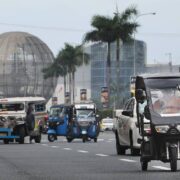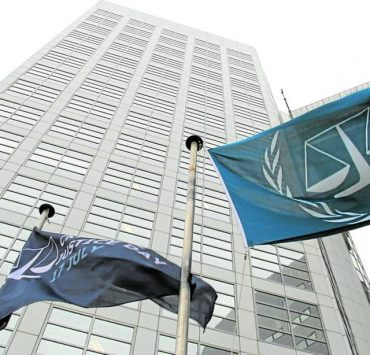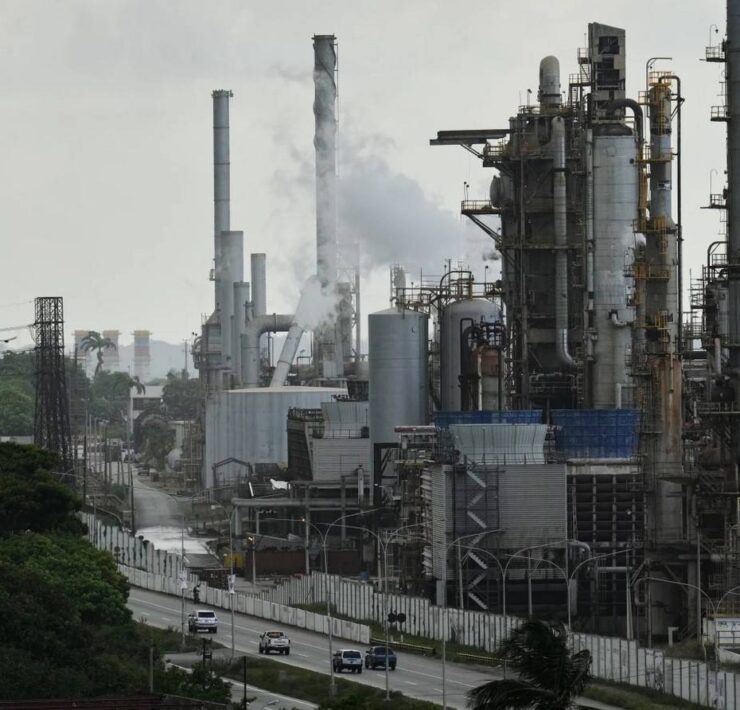London’s underground planned as pub, tourist hub

LONDON—A battle is brewing over plans to turn so-called spy tunnels beneath central London into “one of the world’s most unique cultural experiences,” pitting a global financier against residents.
Private equity entrepreneur Angus Murray has submitted the proposal to transform the history-rich yet little-known Kingsway Exchange Tunnels—which stretch for over a mile (1.6 kilometers)—into a major tourist attraction.
If approved, it would host immersive displays showcasing its distinctive heritage as a World War II bomb shelter and home of the top-secret Special Operations Executive.
A branch of the MI6 foreign intelligence service, it is considered the inspiration for “Q Branch” in the James Bond franchise.
The reimagined venue, which will boast other exhibits as well as Britain’s deepest licensed bar, is aiming to welcome up to 2 million annual visitors from 2027.
“We envisage The London Tunnels achieving the same iconic status … as the London Eye,” Murray said last week, adding that the company plans to invest £220 million ($280 million).
Bomb shelter, spy HQ
But in recent weeks, residents in the monied corner of Holborn have been digging in, complaining about developers as well as visitors accessing the site from their quiet streets.
“I object … on account of such a dramatic change of character to a quiet residential area,” local James Keay told authorities.
The complex beneath Holborn was built as an air-raid shelter during the 1940s Blitz bombings, before MI6 moved in later during the war.

The government then enlarged the site to host a secure and secret long-distance telephone exchange, shrouding it in secrecy for decades.
The tunnels operated the first transatlantic telephone cable, called TAT-1, and was a key cog in the so-called hotline between Moscow and Washington following the 1962 Cuban Missile Crisis.
Much of the original equipment from this time will be retained, according to developers.
The site, spread over 8,000 square meters (86,000 square feet) and around 30 meters (100 feet) below ground, accommodated up to 200 staff and featured a bar, a restaurant with mock windows and a recreational room with snooker tables.
But by the late 1980s, telecommunications technology had advanced and the complex was decommissioned. It was put up for sale in 2008.
Murray, a former Macquarie Group executive who founded his own hedge fund, eventually bought it.
“The project aims to collaborate with major technological and entertainment companies, as well as like-minded partners, museums and universities,” his newly formed company The London Tunnels told potential investors last week.
Crowds, traffic
But John Krebs, a member of the House of Lords who has a flat there, said residents were concerned about crowds and traffic on “a quiet, narrow side road.”
In a dozen comments lodged so far, locals branded the plans “prohibitively detrimental” to the neighborhood.
“It fails to convince the area would benefit from such a tourist attraction, or that there is a demand for such a historical experience, or that another pub is needed to service a declining drinking culture,” wrote resident Walter Scott.
The London Tunnels appears undeterred, claiming after its stock exchange listing to have already raised £10 million from investors. —AFP
AFP is one of the world's three major news agencies, and the only European one. Its mission is to provide rapid, comprehensive, impartial and verified coverage of the news and issues that shape our daily lives.





















